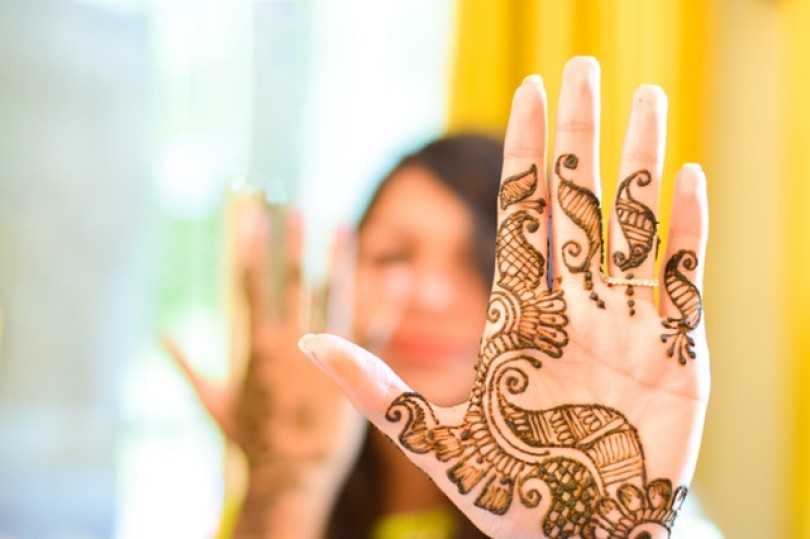22 Apr 24
Lab ChatLabworx
The Global News Source for the World of Science and Chemicals
What Chemicals does “BLACK HENNA” contain?
25 July 2019
Chem Chat
For centuries, henna has been used as a natural dye to tint skin, fingernails and hair, as well as different kinds of fabrics and materials. In its natural form, henna is made from the henna plant, known as Lawsonia inermis in Latin, and has no unwanted side effects.
However, over recent years there has surfaced a growing market for “black henna”, which is not created solely with the henna plant. In its least harmful form, black henna is made using Indigofera tinctorial, more commonly known as indigo, which doesn’t damage the skin but doesn’t dye it black either. To meet a demand for black skin dye, some unscrupulous merchants have been mixing harmful chemicals into their product, sparking widespread health fears.
Serious consequences
Black henna that is used to dye hands and feet can contain any number of unlisted chemicals, including the notorious para-phenylenediamine (PPD). This dangerous substance has been known to provoke blisters and open sores and can cause permanent scarring or sensory loss if left on the skin’s surface for more than a couple of days. In extreme cases, it can precipitate an allergic reaction and lead to the death of the unfortunate individual involved.
For those reasons, black henna has been outlawed in the UAE for a number of years now. Beauty centres and salons which are found to stock the banned product can face financial penalties of as much as Dh2,000, while they can even be closed permanently if they are found to be repeat offenders. Black henna has also been prohibited in the USA and those who are found to be guilty of injuring their clientele via its use can be prosecuted.
Amateur efforts endangering the public
The popularity of amateur henna designs skyrockets every year with the annual occurrence of the festival of Eid al-Fitr. Having taken place last month, the festival saw countless Muslim women practice the art in their homes using unregulated substances which are often virtually impossible to tell from the real thing. Indeed, the vast majority of black henna-related casualties are caused by unskilled amateurs using an illicit product either because it’s cheaper, it offers a unique aesthetic or they simply do not realise what it is.
“We don’t use it at all because we know it’s harmful and certainly not natural. Chemicals added to it give it a darker colour and long lasting results, which unfortunately women seek despite its widely reported side effects,” explained Ahlam Al Awamleh, beautician at a salon in Fujairah.
“The majority of beauty centres do not use black henna but the problem is caused by those who freelance and provide henna services at home, who use black henna often.” The problem continues to worsen, despite the fact that the same effect can be achieved using black coffee grounds or tea leaves mixed in with natural henna.
DOWNLOAD PDF

2 Day Seminar Program
@ ArabLab+ 2024
24 & 25 September 2024
Your stay in Dubai
Labkit
Product News
Chemkit
Product News
Thinking about exhibiting at ARABLAB 2024? Watch our video to find out more.
Join the world’s leading organisations…
Get in touch and stay in touch…
Join our mailing list and receive the ARABLAB newsletter and event updates.





















